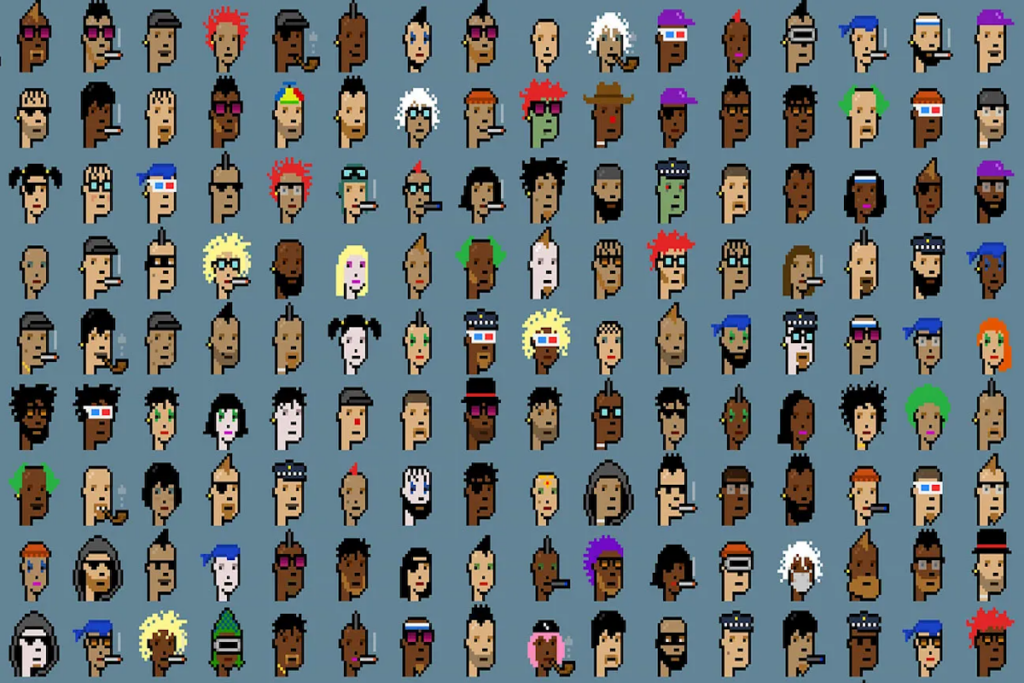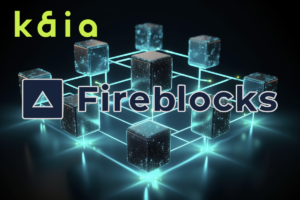Art theft is nothing new. It’s been around since people have been creating art. Unfortunately, with the rise of NFTs (non-fungible tokens), art theft has taken on a new form. And the market is rampant with theft and fraud. It’s basically the Wild West of the art world at the moment.
NFTs are digital assets that are stored on the blockchain. They can represent anything from digital artwork to in-game items. And because they’re stored on the blockchain, they’re very difficult to counterfeit. However, stealing NFT certainly isn’t that difficult.
Just ask Seth Green, who had to pay over $300,000 to recover his stolen Bored Ape NFT.
Can Your Artwork Be Stolen Through NFTs?
Yes, of course, your artwork can be stolen. It’s not as easy as “right-click, save as” however it’s still possible. If a cybercriminal gets ahold of your seed phrase or finds a way to enter your crypto wallet, you’ll definitely lose the NFTs linked to it.
There are certain legal protections NFT creators have access to. But these rarely deter digital thieves from stealing NFTs.
Remember, all Blockchain transactions are anonymous, so if someone gets a hold of your wallet and transfers the NFTs to another wallet, you won’t be able to track them down. Furthermore, the transaction will appear totally legal during the verification process.
If you don’t take steps to protect your NFTs, they can be stolen. And if that happens, chances aren’t great that you’ll ever see them again.
4 Things You Can Do to Protect Your NFTs
Fortunately, there are certain things you can do to protect your art from all of the cybercriminals out there. Here are 5 practical steps you can take to protect your NFTs today:
1. Store them in a non-custodial wallet
Do you know what a custodial wallet is? A hardware non-custodial wallet gives you private keys that provide a strong layer of protection for your NFTs. Popular non-custodial wallets like Ledger require you to come up and remember seed phrases that can be up to 24 words long.
While this may seem daunting at first, it’s worth it to have full control over your digital assets. It will protect you from phishing attacks, one of the most widespread forms of NFT theft on the Internet. Just remember not to give out the seed phrase to anyone, and you should be fine.
2. Only trade on established marketplaces
The NFT marketplace is still in its infancy, and there are a lot of scams out there. So, only trade on established marketplaces that have been around for a while and have a good reputation.
For instance, OpenSea is one of the most popular and well-known NFT marketplaces. They have a strict vetting process for the sellers on their platform and offer buyer protection in case of fraud.
Instead of using independent trading platforms, use escrow services like Opensea and Coinbase to protect both buyers and sellers.
3. Copyright your NFT art
Copyright has been a hot topic in the NFT community over the past few months. Unfortunately, there’s no clear consensus on whether or not NFT art is automatically copyrighted.
However, it’s always a good idea to copyright your work to be on the safe side. That way, if someone does steal your work, you have a better chance of getting it back and taking legal action against the thief.
4. Make sure to add a watermark
This one is simple but important. Always watermark your NFT art with your name, logo, or website address. That way, if someone does steal it, you’ll at least be able to track it down and take action.
You can even make the watermark a part of the artwork itself. That way, it can’t be removed without ruining the piece.
Closing Thoughts
The NFT marketplace is still in its infancy, and there are a lot of scams out there. If you want to keep your art safe, make sure to take precautions like storing your NFTs in a non-custodial wallet and only trading on established marketplaces.
It’s also a good idea to copyright your work and watermark your art. That way, if someone does steal it, you’ll at least be able to track it down and take action.
Author
-

Keen blogger with a zest for Web3, delving into the symbiotic narrative of NFTs and decentralized frameworks.




